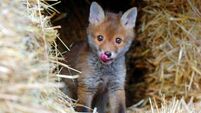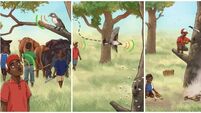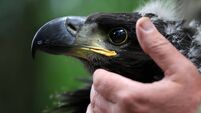Insect Portraits: Using macro photography and storytelling to showcase the grandeur of insects

Author, Lisa Clancy: Picture: Luke Flinter (taken while holding back a 3-year-old).
This is an extract from a book that aims to celebrate the natural world while unveiling the rich, often surprising, lives of insects — creatures so easily overlooked. At a time of devastating biodiversity collapse, it serves as a reminder of the value of these misunderstood beings, nuisance as they can be sometimes, by showcasing their charm and unexpected lighter side.
The best part about writing this book has been the complaining — getting to tell people just how hard it was.
Posing does not come naturally to insects. And engaging compositions require a subject to be, at minimum, at eye-level with the camera; shot from underneath to truly celebrate the subject. Forget laying bare the beauty of an insect that is on the ground. Even when I had found a well-positioned subject, high up on long grass, for example, and had contorted myself into the angle needed to achieve a compelling shot, success was still elusive. Many subjects, without warning, would nonchalantly slip off into the grassy abyss and back to obscurity.
Each insect had its own unique challenges, some taking years to overcome, some resolved by sheer luck, and many still unmet.
Long-faced creatures, like the crane fly, require considerable depths of field (ie, to get the front, middle, and back of the face in focus) and thus require enormous levels of light or impossibly low shutter speeds (impossible because low shutter speeds blur even the tiniest of movements).
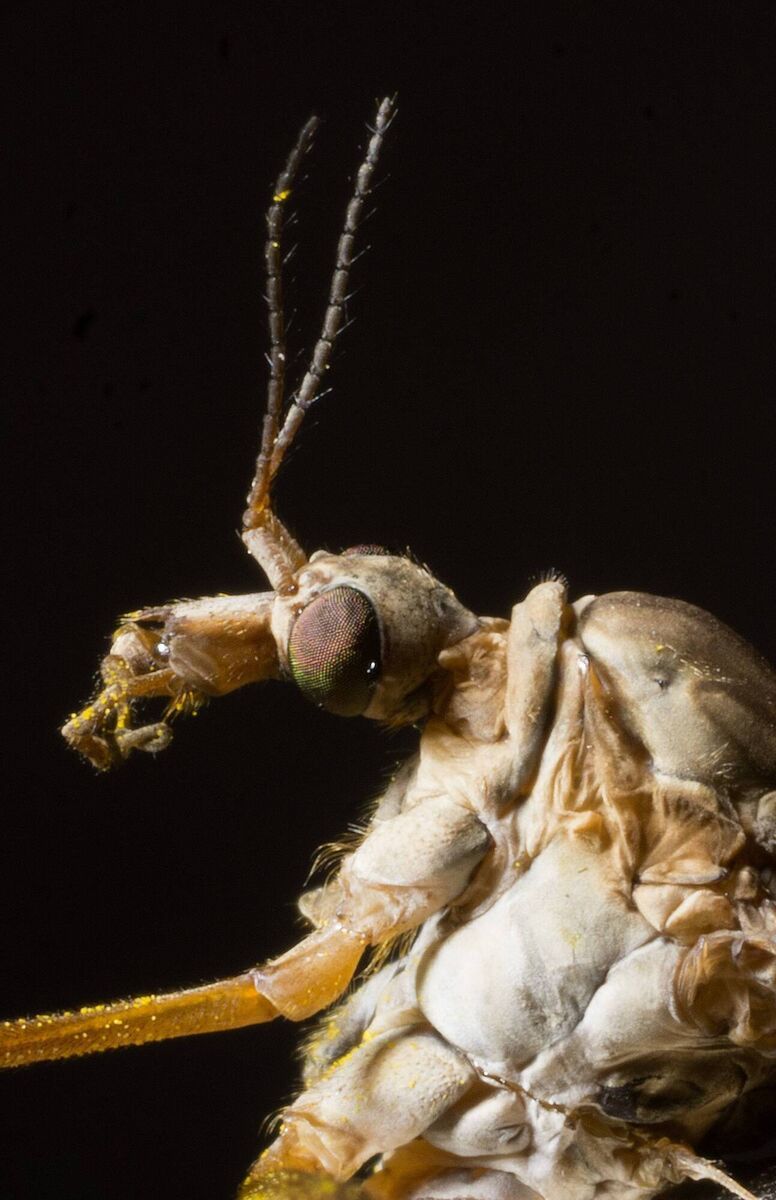
The crane fly pictured here is, in fact, dead. She must have been very recently killed when I stumbled upon her, given how life-like she appears and how intact her features are. This chance encounter allowed me to prop her up and swamp her in light.
There may not be enough trees to hang a man, or water to drown one, or soil to bury one in the Burren (to paraphrase Edmund Ludlow [or was it Thomas Dineley?]), but there are plenty of insects. For now, at least. (I have made a conscious decision that my baby, my beautiful , not dwell in the despair of biodiversity collapse, so that’s the last statement like that you’ll hear).
A pride of place is in the air in the Burren, with the wide-eyed tourists only confirming what we know — that this is a place of great beauty. While I didn’t realise it at the time, an academic pride in the area was being instilled in me by Declan Kelleher at Corofin National School. I now know his passion for the area had been quietly incubating away within me, only revealing itself when I found myself in a bit of a hole.
With 10 weeks to write a thesis for my MSc in Biological Photography and Imaging (Nottingham University), including 50 ‘publishable’ images, no money, and payments due on a student loan, I needed a ‘cheap’ topic. Others on the course, determined to make it as wildlife photographers, were traveling to exotic places to get their shots.
I give thanks now that I could do nothing but hop the wall at the end of my parents’ house and pray my 50 images could be found there. That was 2009. I found a lot more than 50 images. It may have happened anyways with age but crawling on my belly for eight hours a day for 10 weeks expedited the bond I have with this area.
Damselflies have ‘personalities’. The quotation marks here are important, as ‘terms taken from the domain of human experience often invoke more complex connotations’ than the simple criteria used to study these behaviours allow. However, we can use ‘personality’ to mean consistent individual differences in behaviour that remain stable over time and across various situations.
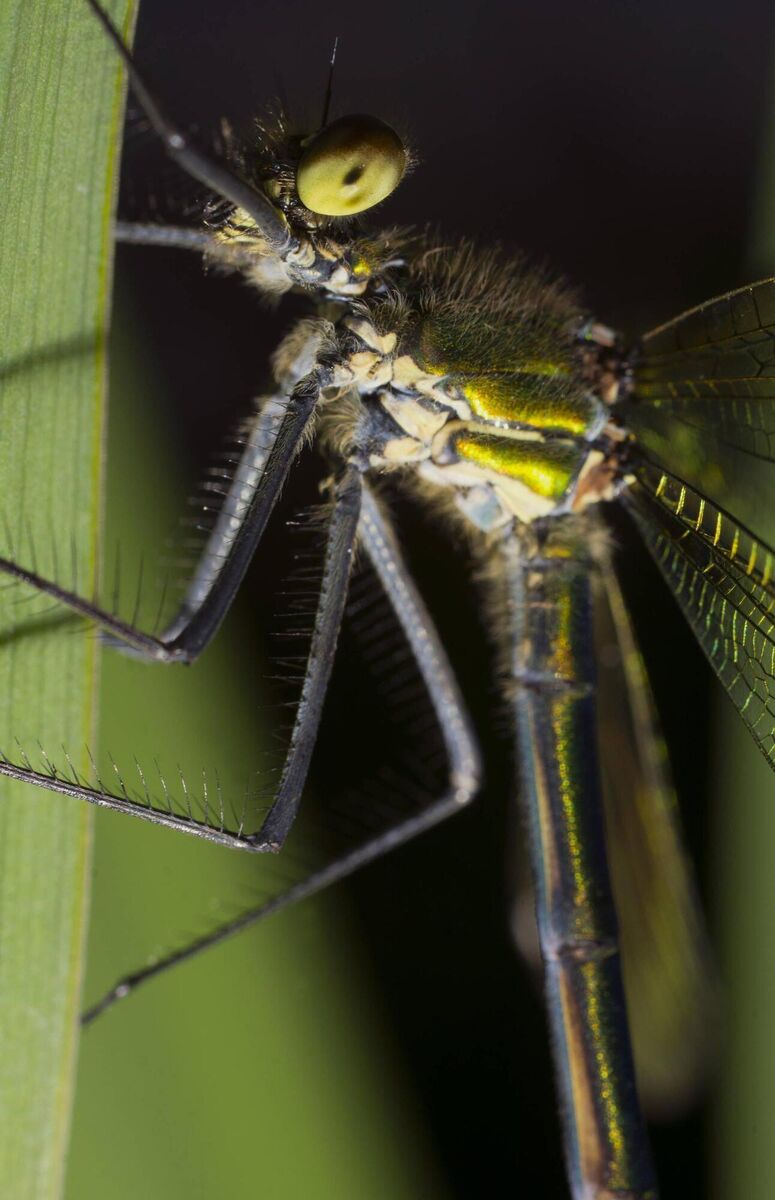
In damselflies, some males move towards a female as soon as they spot her and do so consistently when the experiment is repeated; others wait awhile and do so consistently. Some males strike an ‘intruder’ multiple times, whereas others strike less. Some flee a certain distance from a predator with each encounter, whereas others consistently flee a greater or lesser distance.
It also appears the apple doesn’t fall far from the tree in damselflies. ‘Personalities’ carry over from larvae through metamorphosis into adulthood. Active larvae become active adults; less active larvae become less active adults. This is incredible given how dramatically different the physiology and life of a larva is compared to an adult.
We can forgive people in the past for believing caterpillars and butterflies were completely different species; such is the profound transformation of metamorphosis. Yet, despite the complete remodelling of neural and motor systems, certain traits are preserved.
Leafhoppers are struggling for survival against the intracellular bacterium Wolbachia. In fact, Wolbachia is believed to infect approximately 1 to 5 million species worldwide, representing one of the greatest pandemics in the history of life.
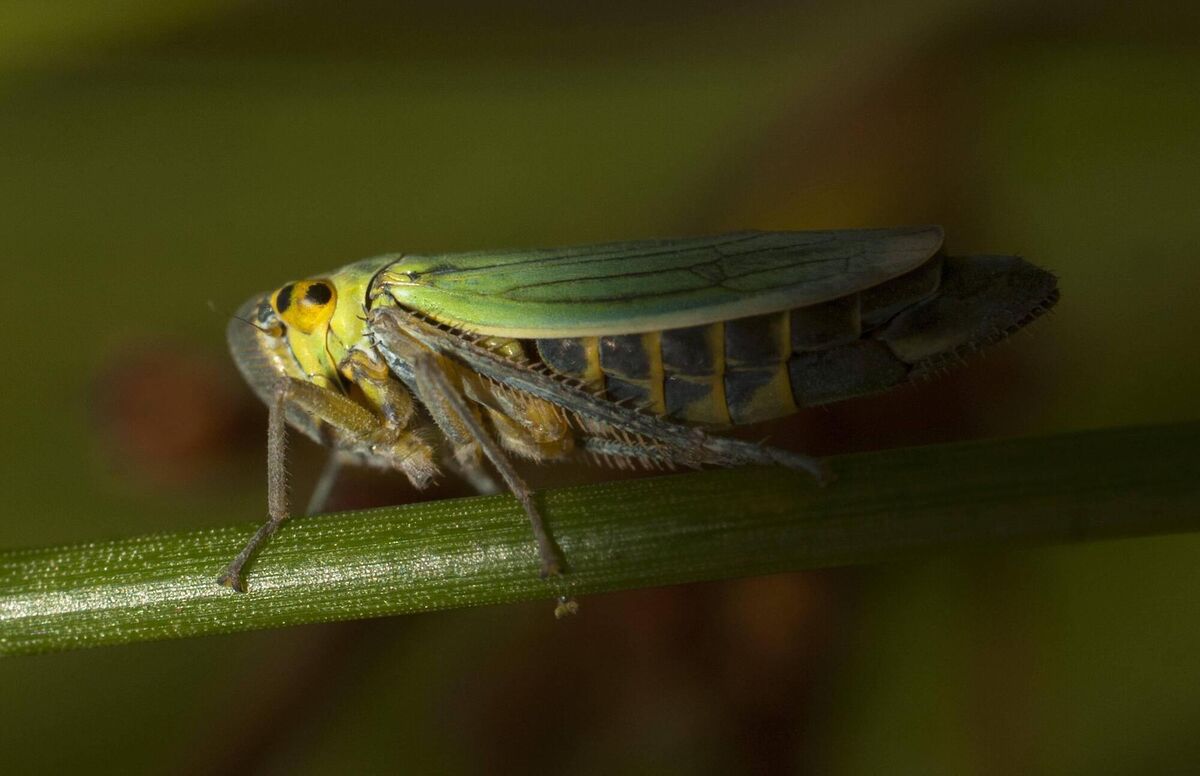
Male leafhoppers are a ‘dead end’ to this bacterium; it can only be passed to the next generation through the mother. Wolbachia has evolved several mechanisms to take advantage of maternal transmission.
In one mechanism, cytoplasmic incompatibility, uninfected female leafhoppers can only produce viable offspring with uninfected males, whereas infected females can produce viable offspring with both infected and uninfected males. Proportionally, this favours the Wolbachia-infected leafhoppers, as it increases their opportunity to produce viable offspring. Wolbachia achieves this by damaging the sperm in males. If the male impregnates a female also infected with Wolbachia, the damage is reversed, and a viable embryo is produced.
However, if the male impregnates an uninfected female, the damage is not reversed, and the embryo cannot develop. Cytoplasmic incompatibility can have long-term evolutionary consequences; for example, it is thought it could drive the evolution of new species, by causing sperm–egg incompatibilities between populations.
This book was 15 years in the making. When I started, I was 24, with no partner, no job, and no child. (Of course, only when I got all those things did the book start to get some traction).
I could never have foreseen the things I would learn or the experiences I would have. (I once achieved a meditative state watching a ladybird through my lens eat aphids for a full half hour. There was no struggle, as you’d imagine. The aphids didn’t fight back. It reminded me of the time I saw a panda eating bamboo at a nature reserve in China, an experience that evoked a similar tranquil state).
I have especially enjoyed seeing people — my darling people, who only bought a book to be supportive — genuinely fascinated by a story. That tells me I’m not mad. That insects are, indeed, endlessly fascinating.
Lisa Clancy is an insect photographer and nature enthusiast based in Galway City. Her passion for the natural world began early and guided her academic journey, starting with a BSc in Zoology from the University of Galway, followed by an MSc in Biological Photography and Imaging from Nottingham University, and culminating in a PhD in Insect Behaviour from Aberystwyth University in Wales in 2015. Lisa currently works as a Research Integrity Manager at Compuscript in Shannon.
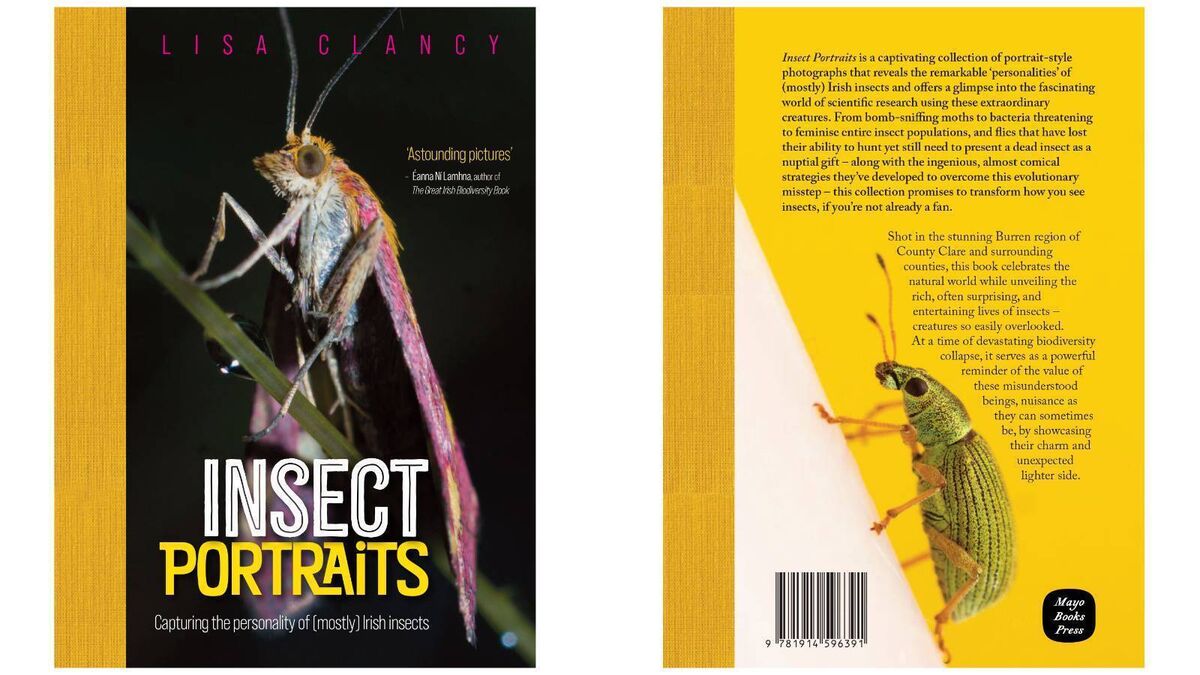
- (Mayo Books Press) is out now





